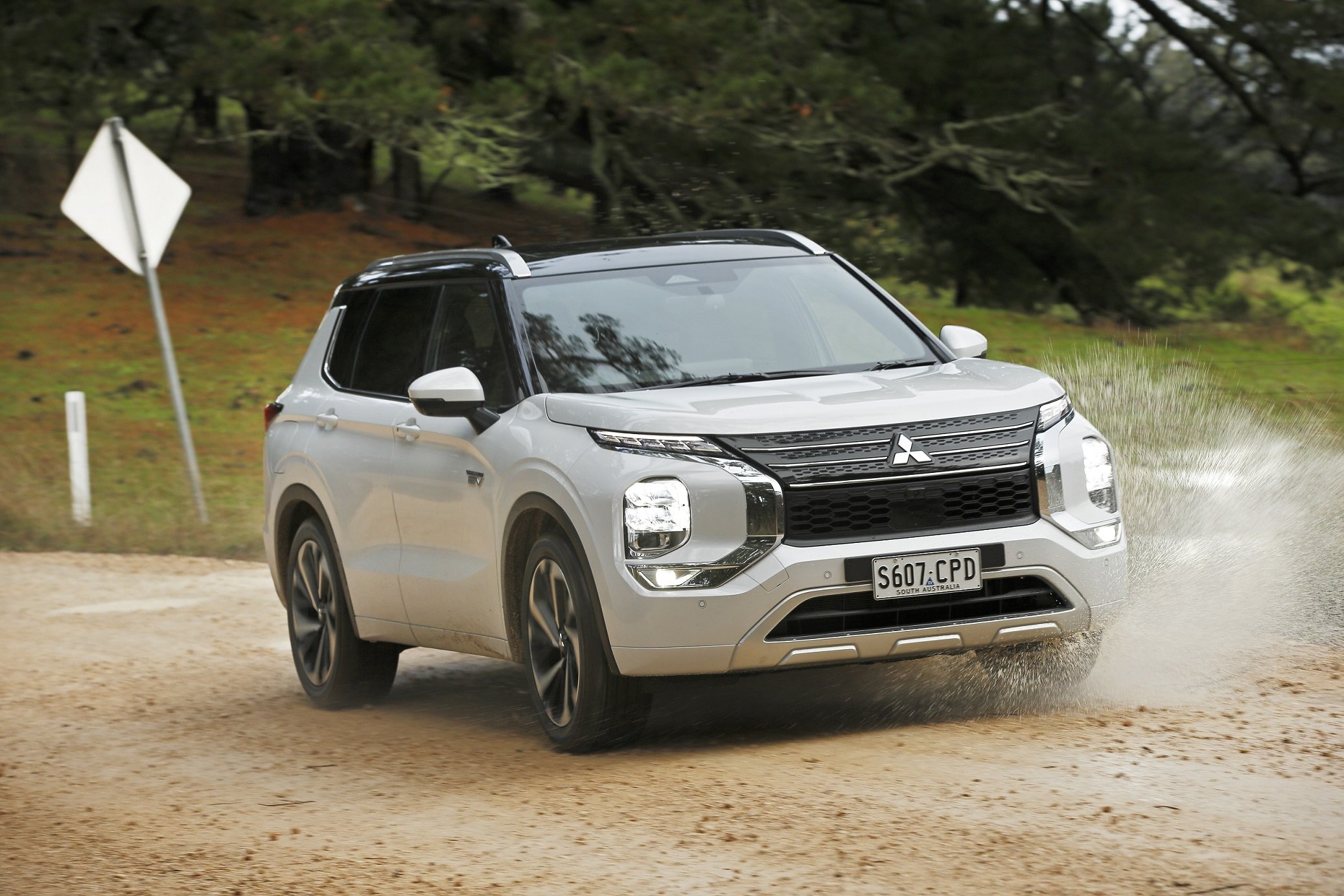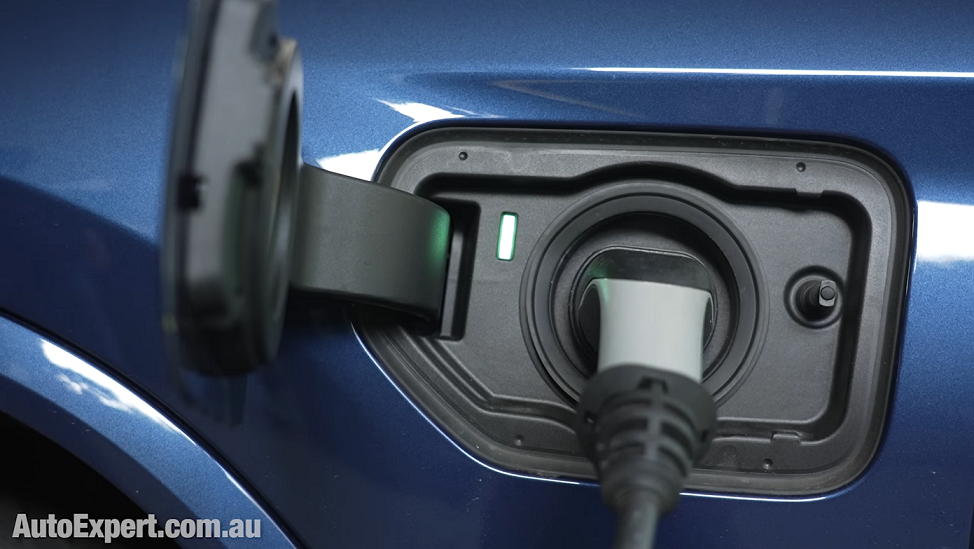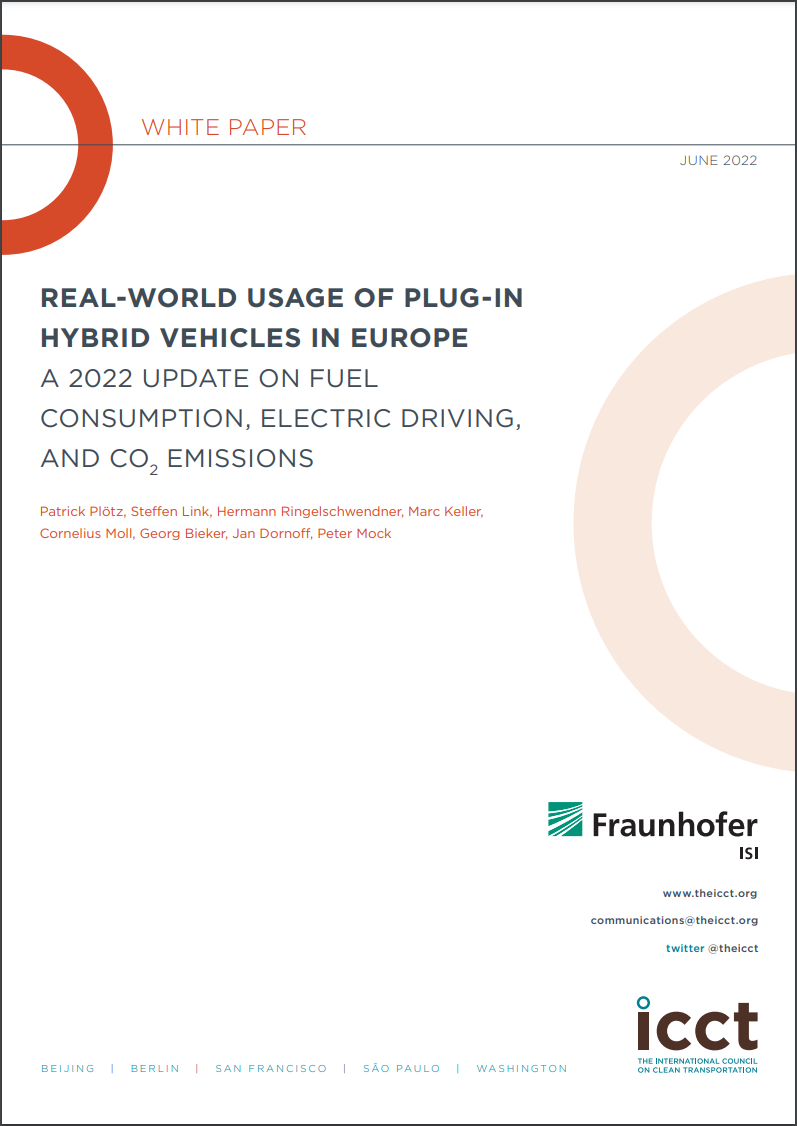Buying a plug-in hybrid: Is a PHEV worth the money?
Thinking about buying a plug-in hybrid EV (PHEV) in 2024? Let’s assess whether this is a good idea or not, because it all depends mainly on you and your motivations…
If you’re thinking about buying a plug-in hybrid EV such as the Mitsubishi Outlander PHEV or Kia Sorento PHEV, we’re going to discuss the objectively good aspects.
But the bad reasons should be substantial enough to make sure you do not hand over your money until you’re absolutely aware of the facts.
The AutoExpert inbox is awash in enquiries that go like this:
“With the price of petrol so astronomical, I’m thinking about buying a plug-in because I’m not yet ready for the jump to full EV. But I want to start saving money on fuel.”
Another class of enquiry is:
“I feel like I need to buy a plug-in because if I buy a conventional internal combustion car it might be worthless in the future when I trace it in, because of the imminent transition of the vehicle fleet. And I’ll be saving money on fuel.”
Let’s pull these apart.
So, yes, fuel is notionally ‘expensive’ at the moment. With a plug-in, you can drive to work and the shops like an EV, charge at home and only buy fuel for long trips. This is a no-brainer, right? The proposition is: buying a plug-in hybrid to start saving money on fuel.
Bad idea. Objectively bad. Complete fantasy. Here’s why: Taking the new Outlander plug-in as an example, the internal combustion Exceed Tourer is $57,000 drive-away in NSW. The same thing, but plug-in is $77,000. It’s $20,000 more for the plug-in.
I’m not saying this is a rip-off - there’s a dirty big 20kWh battery underneath it. That’s huge. Plus an inverter, control architecture, electric motor-generator. None of this hardware is cheap.
But let’s look at the argument - and let’s give it the best chance of success. Let’s say you get electricity from rooftop solar, which is notionally ‘free’. The car is at home when the sun is shining, for recharging, and you always plug it in. And let’s say you only ever drive it in EV mode. I cannot be kinder than that to this sentiment.
So, we’re basically off in hypothetical la-la land here. Because you did pay for the solar (it’s not free), and in practice it’s very difficult to operate plug-ins only in EV mode - even the Outlander, with its quoted 84 kilometres of notional range. I’m trying to be overly generous to the ‘save money on fuel’ team.
Going long distances, far from public charging infrastructure, is a PHEV specialty.
If you do this, you will not burn 8.1 litres of fuel per 100 kilometres, which is, officially, the internal combustion Outlander consumption, based on the official combined cycle test. But it’s 10.5 for the urban part. And even that’s not particularly realistic, so let’s say it actually drinks about 12.5 for urban driving.
If petrol is $2.00 per litre, that’s $25 per hundred kilometres; $250 for a thousand kays, money saved. Every 4000 kays is $1000 you save. And you need to save $20,000 to break even.
So you need to drive at least - very best-case scenario - 80,000 kays in EV-only mode to break even.
These days, that’s about six to eight years of driving for many people. To break even. You have not saved a cent at this point - you’re only about to start saving money. This is the best-case scenario for breaking even. For many people it will take much longer, especially with the more combustion driving you add into the mix.
Most new car buyers don’t own their cars for that long. Five years is far more common. So, the average new plug-in buyer is never going to break even. You are highly unlikely to save money on fuel. Case in point: The truth about Nissan X-Trail e-Power series hybrid in Australia >>
BUYING A PHEV IS MUCH MORE AFFORDABLE NOW
Australian Federal Government Treasury Laws mean EVs and plug-in hybrid EVs (PHEVs) under $89,332 can be had for the same effective cost (to you) as a Toyota Corolla. This is possible via financing through a novated lease that results in ZERO fringe benefits tax paid.
The best aspect to this arrangement is that you personally don’t have to afford the additional $20,000 and struggle to drive on EV-only mode in order to break even - because the new tax laws effectively level the playing field in terms of making a difference to your take home pay.
If you’ve been sitting on the fence about buying a PHEV, too unsure about whether to take the plunge due to the generally high upfront price, this novated lease opportunity is a significant saving for people like you. In fact, PHEVs and EVs will generally be cheaper to novated lease now, even compared with paying cash up front.
The cost of ownership is potentially, in terms of the impact to your take-home salary, is now about the same cost as owning a $35,000 Toyota Corolla, except instead you have an EV (such as Hyundai Kona Electric or Tesla Model 3, costing around $60K) or you get a PHEV like an Outlander or Kia Sorento - provided you own them under a novated lease.
Exactly which vehicle qualify? PHEVs (and full EVs) eligible for this FBT exemption can be found here >>
You can also read more extensive reviews on the best EVs and PHEVs on sale, by clicking here >>
I'll help you save thousands on a new plug-in hybrid EV here
Just fill in this form. No more car dealership rip-offs. Greater transparency. Less stress.
PHEV FACTS OF THE MATTER
Second point here about plug-ins is this general fantasy about EV-only driving. Manufacturers will put the EV range up in lights. For example, the BMW X3 xDrive30e plug-in: it’s got a 12kWh battery that’s good for 41 kays of official EV-mode range.
What they don’t say so obviously - and this is all manufacturers, not just the Bavarians - is that the maximum power output of the electrical side of the vehicle is (in this case) 80kW. Total combined power of the platform: 215kW. Including the combustion engine.
So, if you’re driving along in EV-mode and you need to go up a really steep hill, or overtake a truck, or accelerate moderately, and your demand for power exceeds 80kW, the internal combustion engine must activate.
So, this fantasy about plug-ins offering you the first ‘however many’ kays of driving EV-only, and only then relying on combustion: That’s bullshit, unless you operate under the caveats of driving really gently - below the threshold which demands combustion engine activation, and also setting off every day with a fully charged battery.
If charging is not a nightly ritual, you’re just adding dead weight to the PHEV driving process.
Speaking of which: If you’re not prepared to plug-in, kinda religiously, only without the belief in fairies, then owning a plug-in is a complete waste of time.
See, obviously, the EV-only driving aspiration is only possible on a fully charged battery. If you let the battery become depleted, the car will still drive OK using combustion, it’ll even regeneratively brake like a non plug-in hybrid. But you are going to be carrying around a dirty big, heavy battery, a motor and an inverter system, that achieves very little beyond being excess baggage.
And, dude, before you kick off in the comments with various takes on ‘that’s ridiculous - who would do such a thing’ - the answer is: Plenty of people.
In fact, the 2022 report ‘Real-World Usage of Plug-In Hybrids Vehicles in Europe’ >> from the International Council on Clean Transportation in Europe found that the actual consumption of plug-in hybrids on the roads in Europe was three-to-five times higher than the regulatory claims. This is not a ‘manufacturers cheating’ scenario - it’s generally down to how people use them.
Privately owned plug-ins were three times higher than the official numbers. Company cars: Five times higher. And it’s generally a consequence of not being fully charged before being driven. Humanity always invents a better idiot. You can count on that. Some significant wedge of society just can’t be arsed to plug in.
Of course if that’s you, and you bought the car to ‘start saving money on fuel’ then the break-even period we discussed earlier is no longer 68,000 kays. It’s longer than the life of the vehicle. So there’s that.
Look, I know this reads like a hit-piece on plug-ins. It’s not - it’s a reality piece. Facts are a bastard. But there are good reasons to own one. If you do mainly urban commuting and you are prepared to plug in, most days, and operate your plug-in with a charged battery, and drive gently to work, school, shops, etc., then you will be in EV mode often.
The real advantage of this is, of course, you will contribute no tailpipe pollution to the air we breathe. Not talking CO2 here - talking carcinogens and other nasties like NOx and carbon monoxide. Tailpipe pollution kills more people prematurely than car crashes - so this is rather a big deal in cities.
Also, you get access to EV-like transportation without the far heftier price of a full EV. And if you do occasional long-distance driving, you can do this easily, without military-grade logistics planning (which you need to do in an EV, given Australia’s crap charging infrastructure, especially in the regions).
Driving a full EV between capital cities here is a proper pain in the arse. Driving a plug-in is not - it’ll run just like a normal car for as long as you keep tipping liquid fuel into it.
One fairly exciting development with plug-ins is exemplified in the new Outlander. It’s got a 240-volt AC supply. So, you can plug in an extension cord and syphon off mains-type electricity, to keep appliances and lights on at home in the event of a power failure. Learn how batteries actually work here >>
There are limits, obviously, but 20kWh is a lot of electrical energy. So your vehicle can be a multi-day home power failure backup system. You can certainly offset part of the price premium against the cost of buying a separate backup system there.
I recently looked at the Bluetti AC300 and B300 modular home backup system (I’ll put a card upstairs). It’s 3kWh and 3000 watts, for about $5700 - so that’s a way to put the price premium of the Outlander plug-in, in perspective.
The final decent objective reason for owning a plug-in is one that just doesn’t get as much oxygen as it should: National energy security. We are quite vulnerable, nationally in Australia, to disruption of the international liquid fuel supply chain.
Just look at what mad, bad Vlad’s Ukraine tantrum has done to the price of fuel here. And that’s only a minor disruption (for fuel; it’s a huge problem in Ukraine). Imagine what a full-on, global, geopolitical shitstorm would do. I’m seeing queues over the horizon and empty shelves in the supermarkets.
You can help reduce our national dependency on foreign oil - albeit only infinitesimally, each - by buying a vehicle that’s less dependent on liquid fuels. Plug-ins make complete sense here.
















The Hyundai Palisade is a big, comfortable holiday machine for growing families and offers excellent value, generous 8-seat SUV space, and practicality on par with LandCruiser - but it’s $30K more affordable.